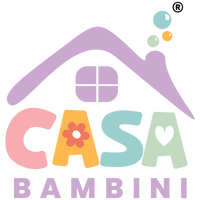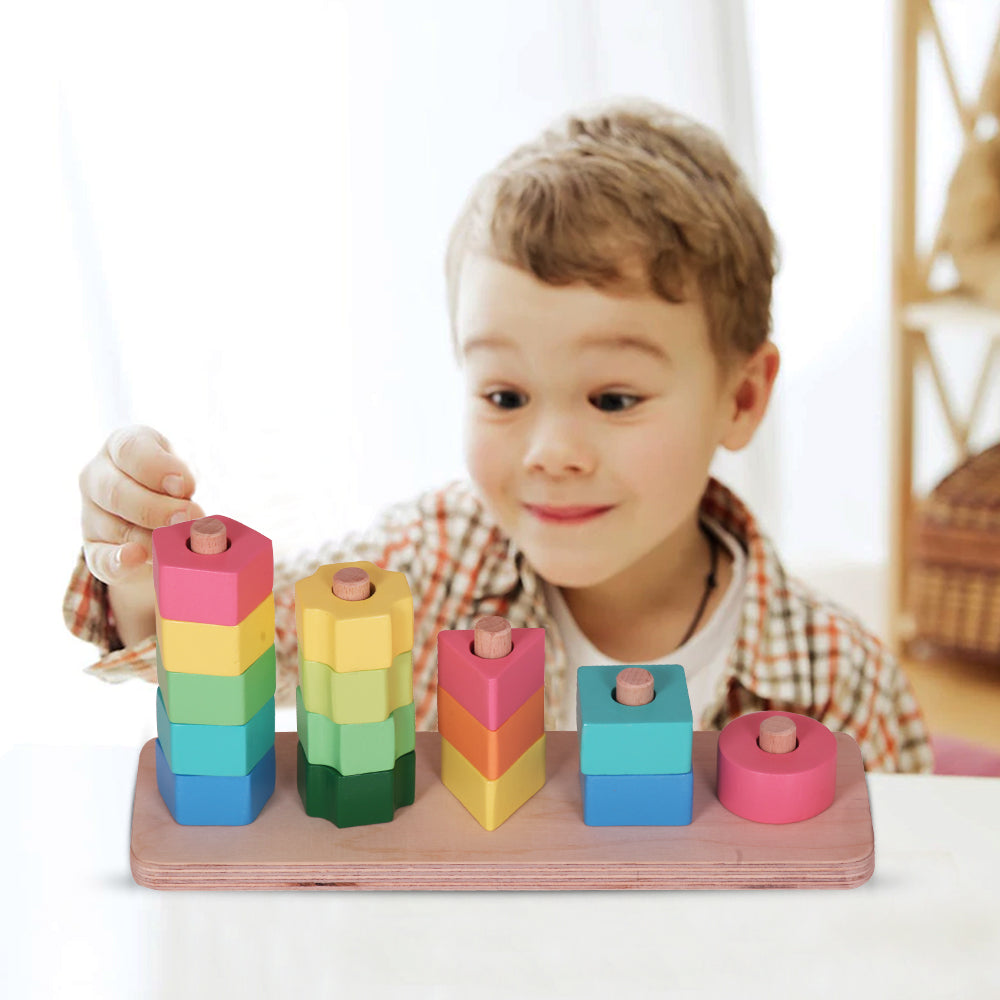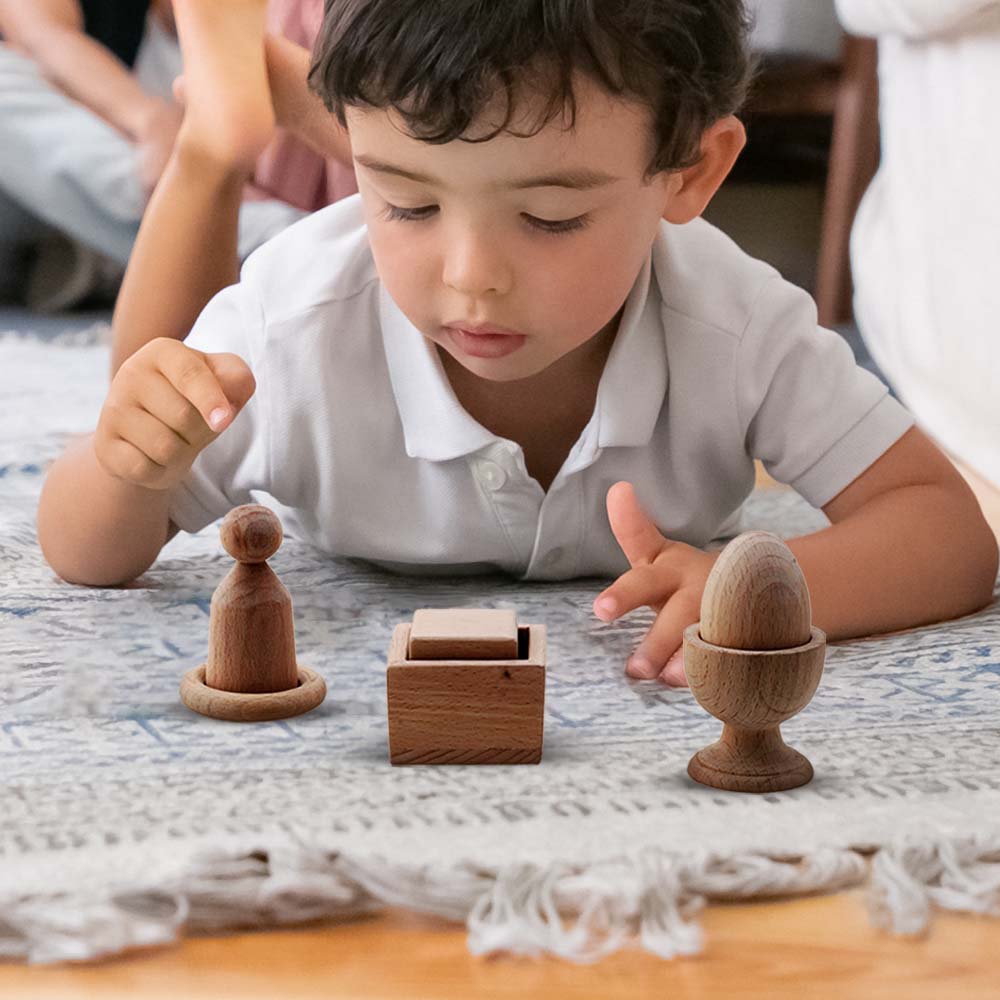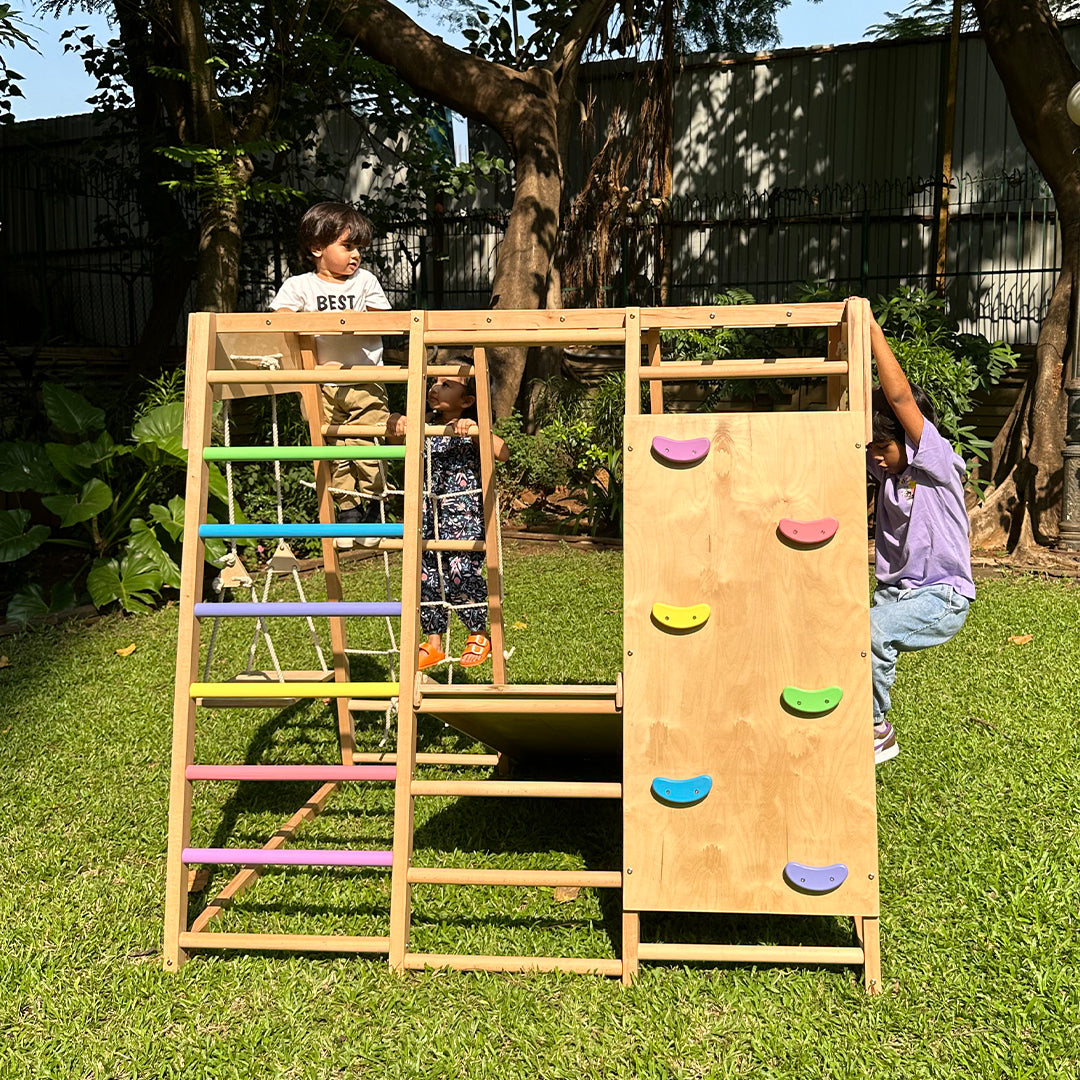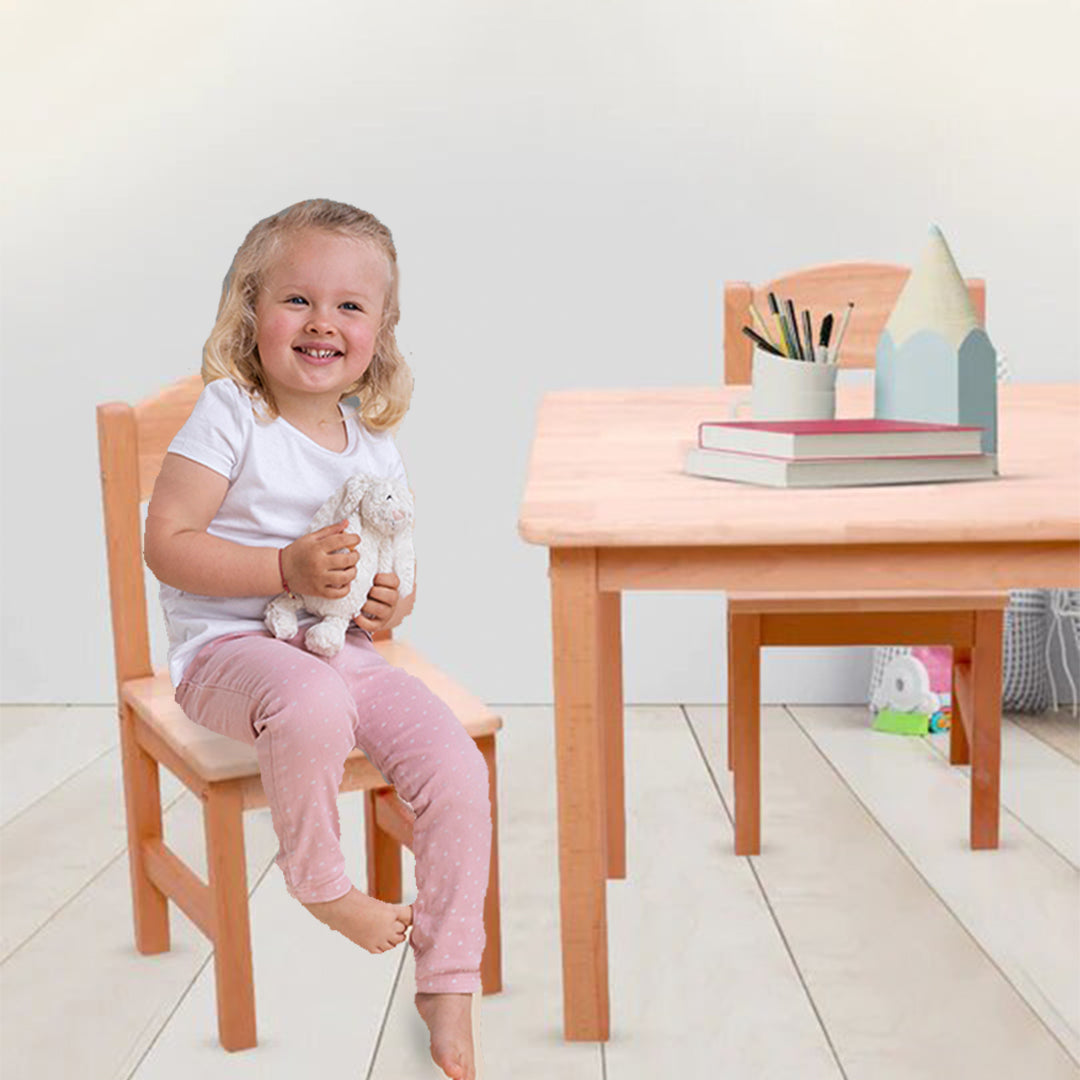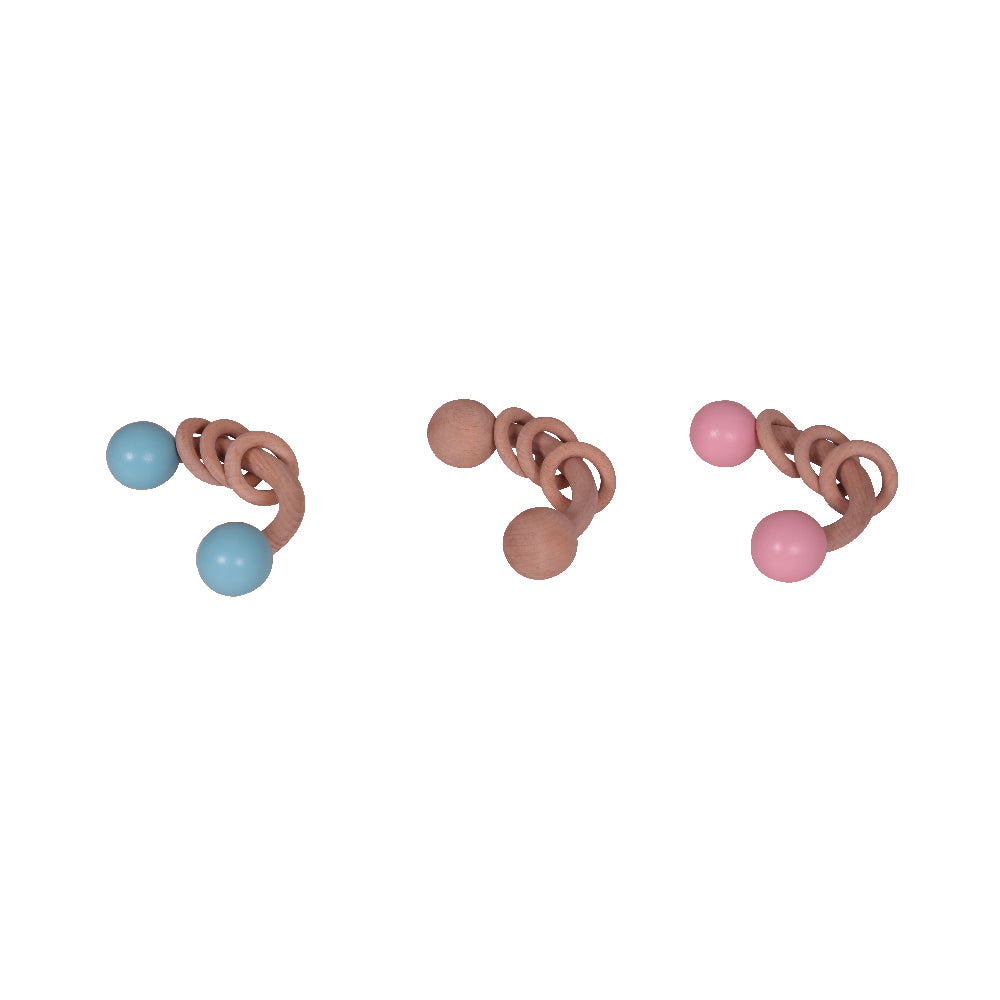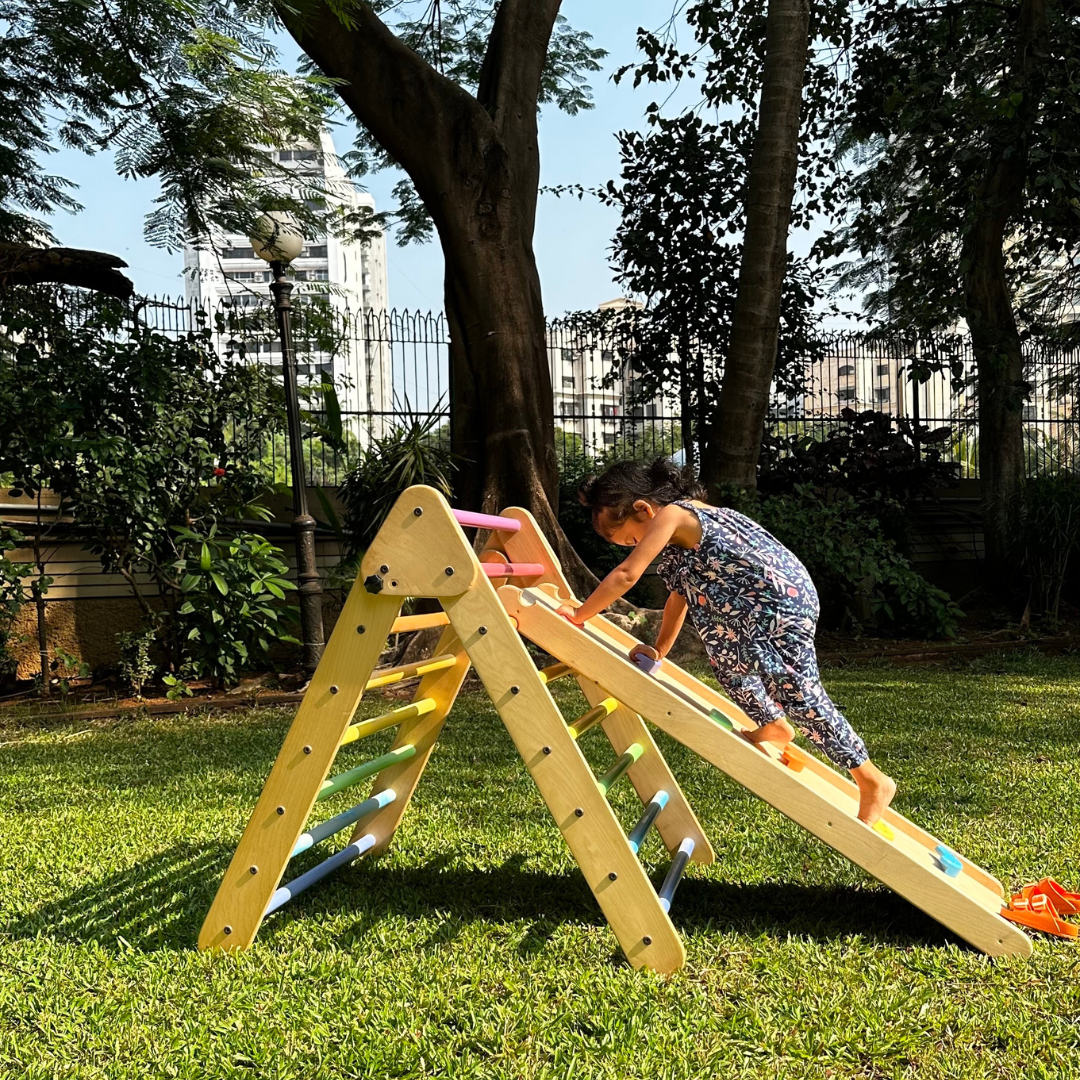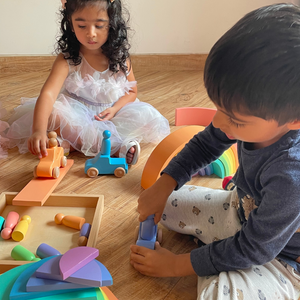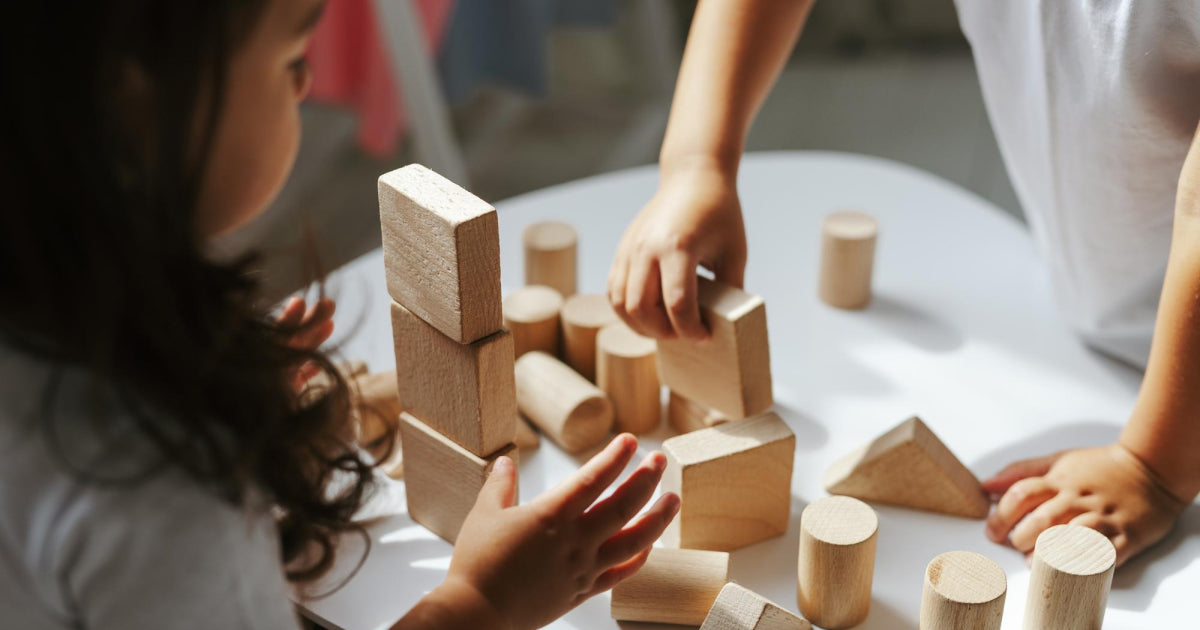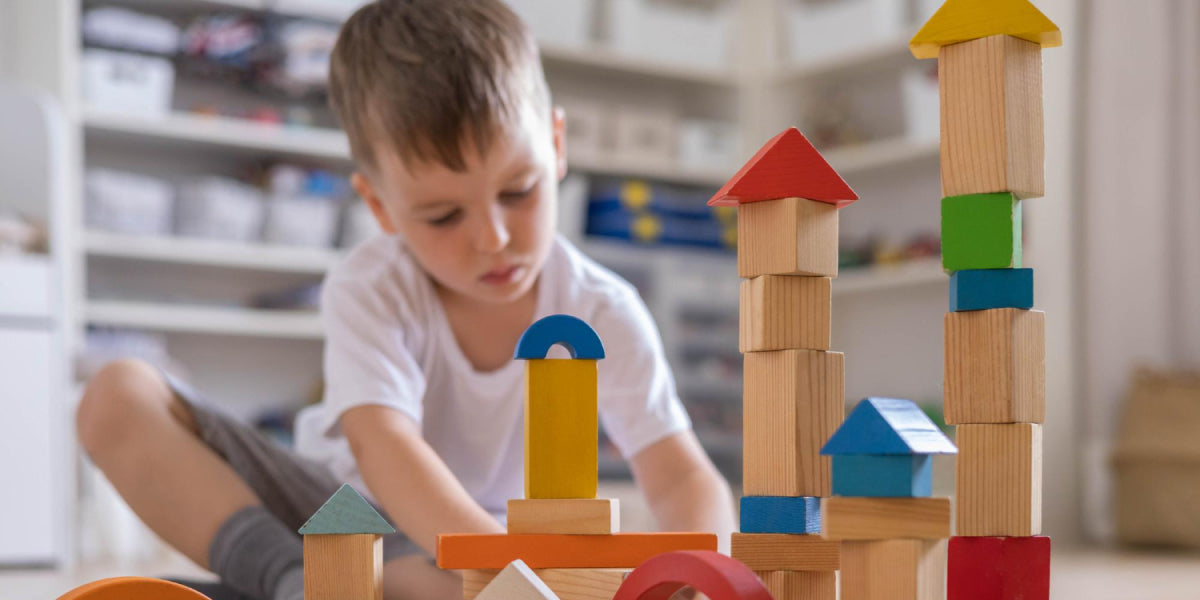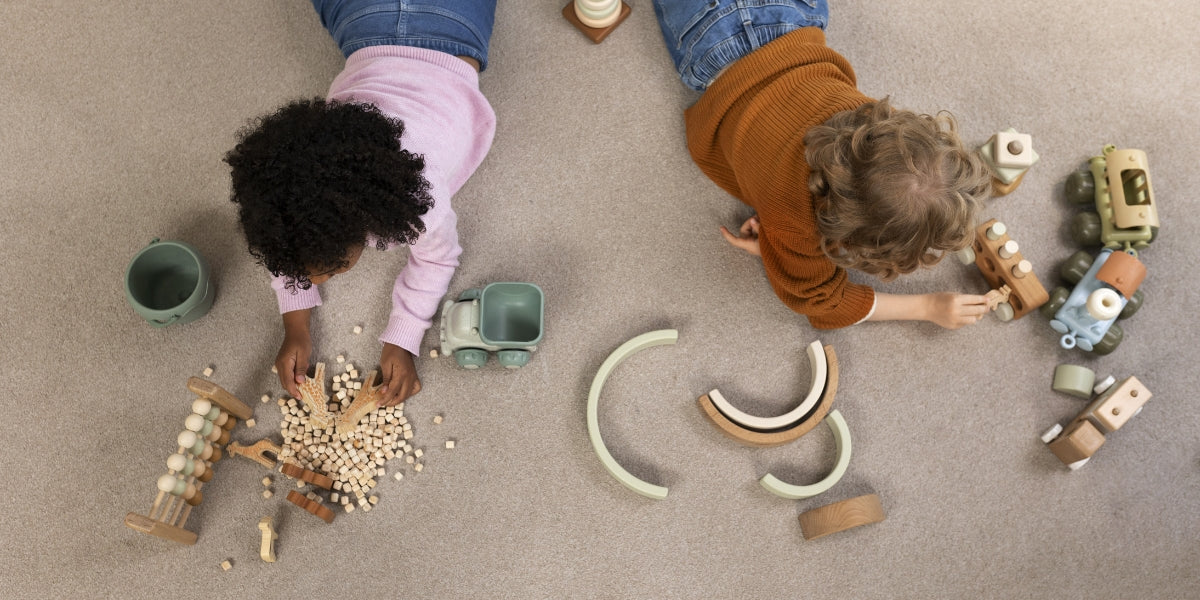The Pikler Triangle is a simple yet transformative tool for early childhood development. Designed to encourage physical activity, independence, and creativity, it has gained popularity among parents and educators, especially those following Montessori principles. Let’s dive into its origins, benefits, and how it aligns with Montessori philosophy.
The Pikler Triangle was developed by Dr. Emmi Pikler, a Hungarian pediatrician, in the mid-20th century. Dr. Pikler’s work focused on respecting a child’s natural developmental stages and fostering independent movement. She believed that allowing children the freedom to explore their physical capabilities at their own pace was critical for building confidence and motor skills.
The triangle—a wooden climbing structure—was designed to provide a safe and open-ended environment for children to practice climbing, balance, and coordination. It promotes gross motor development while encouraging children to take calculated risks in a controlled setting.
Advantages of the Pikler Triangle in Early Childhood Development
1. Gross Motor Development
-
Climbing and exploring on the Pikler Triangle help strengthen a child’s muscles and improve coordination.
-
It enhances balance, spatial awareness, and core stability, laying the foundation for physical confidence.
2. Encouraging Independence
-
The triangle empowers children to explore their abilities at their own pace.
-
It allows them to make decisions about how to climb and navigate, fostering autonomy and self-confidence.
3. Open-Ended Play
-
The Pikler Triangle is not just a climbing structure; it’s a versatile tool for imaginative play.
-
Children can turn it into a tunnel, a tent, or part of an obstacle course, encouraging creativity and problem-solving.
4. Risk Assessment Skills
-
Using the triangle helps children learn to assess and manage risks.
-
They develop an understanding of their physical limits in a safe environment, reducing fear and building resilience.
5. Emotional Growth
-
Overcoming challenges on the Pikler Triangle gives children a sense of accomplishment.
-
This boosts their self-esteem and encourages perseverance.
The Pikler Triangle and Montessori Philosophy
The Pikler Triangle aligns seamlessly with Montessori principles, making it a favorite tool in Montessori-inspired homes and classrooms. Here’s why:
1. Child-Led Exploration
-
Both the Pikler approach and Montessori philosophy prioritize the child’s freedom to explore and learn independently.
-
The Pikler Triangle serves as a platform for children to engage in self-directed physical activity.
2. Prepared Environment
-
Montessori emphasizes creating an environment that supports a child’s development.
-
The Pikler Triangle, often paired with ramps or climbing boards, provides an enriching space for motor skill development.
3. Development of the Whole Child
-
Montessori education focuses on holistic development—physical, emotional, social, and cognitive.
-
The Pikler Triangle contributes to this by addressing physical and emotional growth through movement and self-challenge.
4. Independence and Confidence
-
Like Montessori materials, the Pikler Triangle is designed to be used without constant adult intervention.
-
This builds a child’s confidence and trust in their abilities.
Tips for Using the Pikler Triangle
-
Age Appropriateness: Suitable for children from 6 months to 5 years, the Pikler Triangle grows with your child. Younger children may start by pulling up to stand, while older ones can climb and create elaborate play scenarios.
-
Supervision: Always supervise young children, especially when they’re new to the triangle. Gradually give them space as they become more confident.
-
Pair with Accessories: Adding ramps, slides, or climbing boards enhances the play value and developmental opportunities.
-
Safety First: Ensure the triangle is sturdy, placed on a soft surface, and free from sharp edges.
The Pikler Triangle is much more than a climbing frame; it’s a tool that nurtures independence, creativity, and physical development in early childhood. Its design and purpose align beautifully with Montessori principles, making it an excellent addition to any Montessori-inspired environment. By allowing children to explore their capabilities in a safe and supportive way, the Pikler Triangle lays the groundwork for confident, curious, and capable learners.
